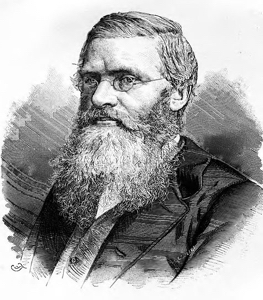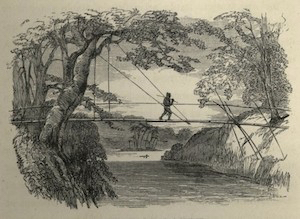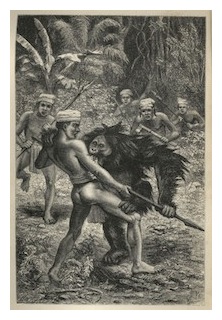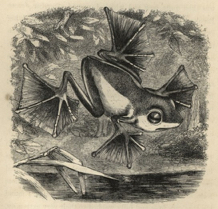Alfred Russell Wallace
Sunday, January 08, 2023
Happy 200th Birthday to Alfred Russell Wallace!
One of the most brilliant scientists of the nineteenth century, Wallace (Jan. 8, 1823 - Nov. 7 1913) was a British naturalist, explorer, geographer, anthropologist and biologist, as well as a social activist and proponent of social and economic reform. Wallace quite independently conceived the theory of evolution through natural selection but has long been unfairly overshadowed by the more-famous reputation of Charles Darwin. Initially he braved hardship and danger for four years collecting and exploring in the wilds of the Amazon River basin from 1848, simply leaving his job as a surveyor to make a name for himself in the service of science. In 1854, Wallace set off again for the tropics, braving yet more hardship and danger, including bouts of malaria and dogs stealing his animal collections, for eight years in the Malay Archipelago. 
While the flora of the region doesn't quite follow the same demarcation, the Wallace Line is an interesting observation as Fuchsia was once found in Australia, as evidenced by fossil pollen of the late Oligocene and early Miocene, before the continent drifted too far towards the equator and the genus went extinct. New Guinea, in fact, represents the leading edge of the Australasian continental plate and its highlands still harbor unique remnants of the Antarcto-Tertiary Geoflora that once spread from South America across Antarctica to Australia. Today Fuchsia is only preserved far to the east of the Wallace Line, in New Zealand and Tahiti. While unknown to Wallace, there is a single fuchsia endemic to the mountains of Tahiti, Fuchsia cyrtandroides (J.W.Moore 1940). Similar to the unique plants of the Galápagos, this fuchsia represents a new species only recently evolved for life on a volcanic island no more than three million years old. Its ancestor was surely carried to Tahiti by birds, like many of the Galápagos plants as well. Wallace was aware of the closely-related tree fuchsias of New Zealand, as part of the rich flora of those islands, and mentions other fuchsias in his writings from time to time. (1)
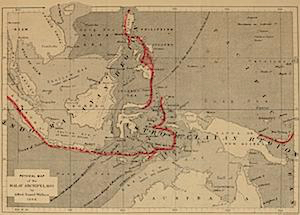
Ever fearless, Wallace became an ardent defender both of Darwin and the theory of evolution. In his long review of The Reign of Law (1867), written by George Campbell, 8th Duke of Argyll and a formidable social and scientific adversary of Darwinism, Wallace simply took the Duke to task for being among "that large class who take a keen interest in the progress of Science in general, and especially that of Natural History, but have never themselves studied nature in detail, or acquired that personal knowledge of the structure of closely allied forms,–the wonderful gradations from species to species and from group to group, and the infinite variety of the phenomena of "variation" in organic beings,–which are absolutely necessary for a full appreciation of the facts and reasonings contained in Mr. Darwin's great work." Where Darwin feared to tread, Wallace simply stepped in. (2)
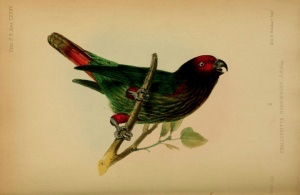
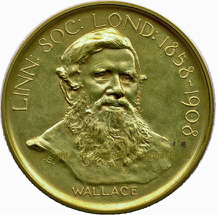
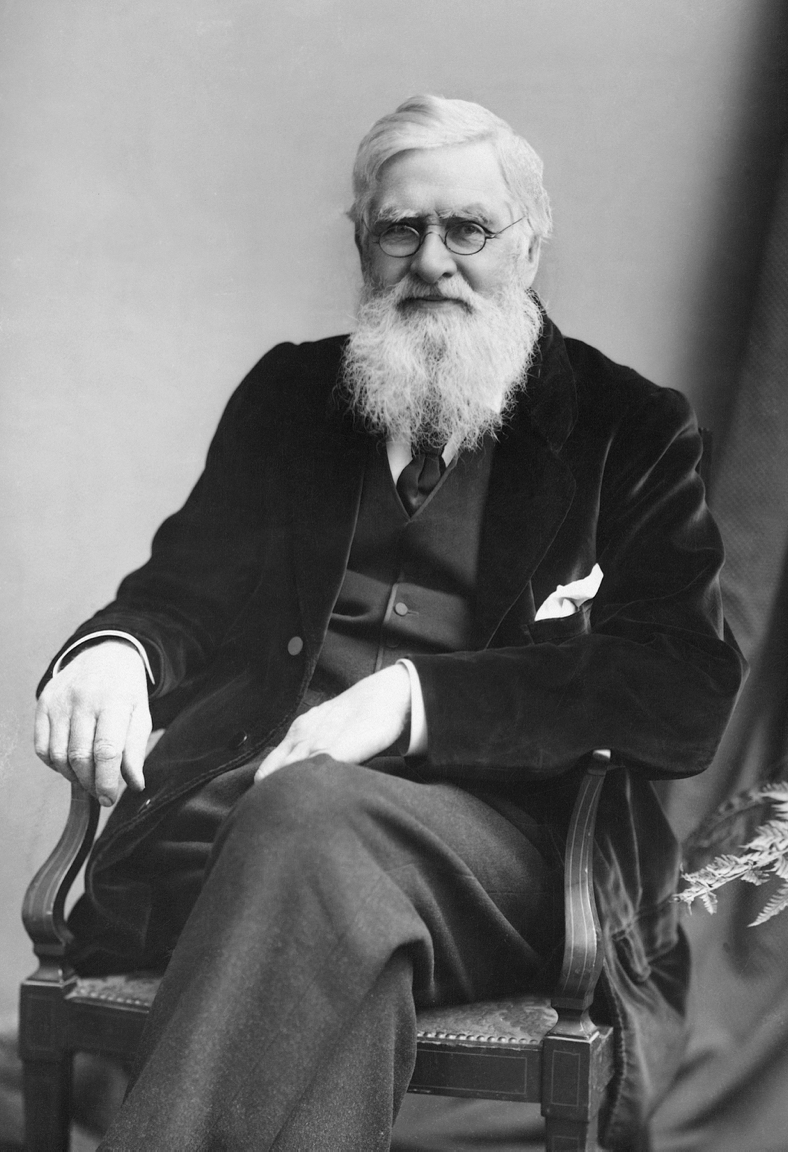
The Fuchsia+Blog Tags — botanists | biography
